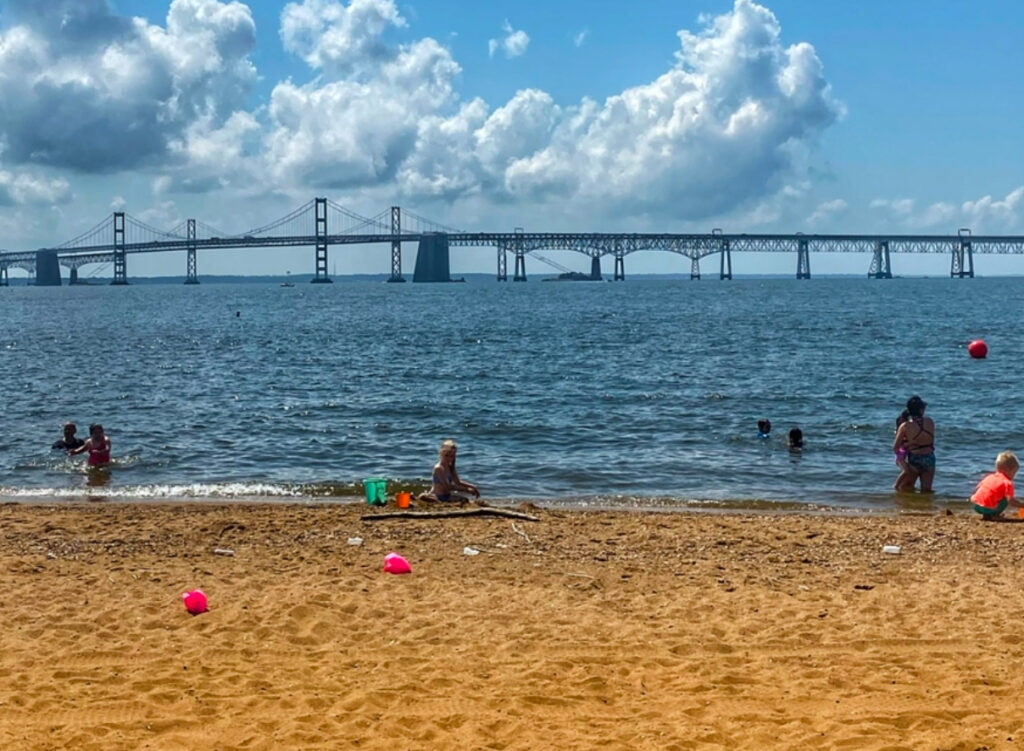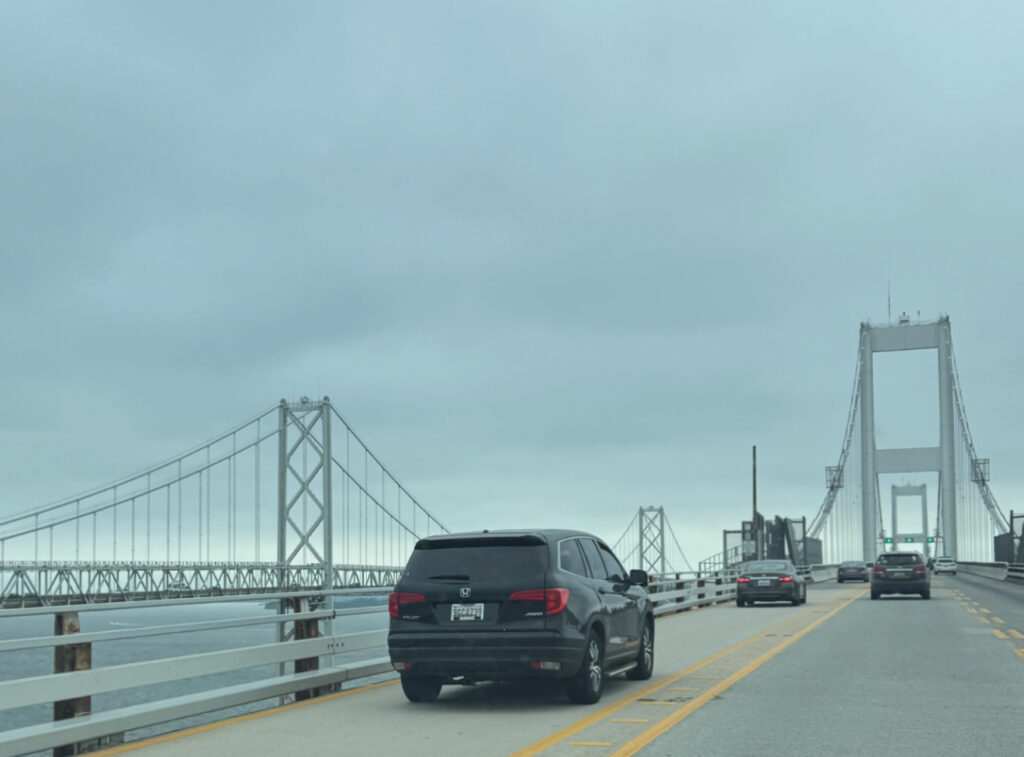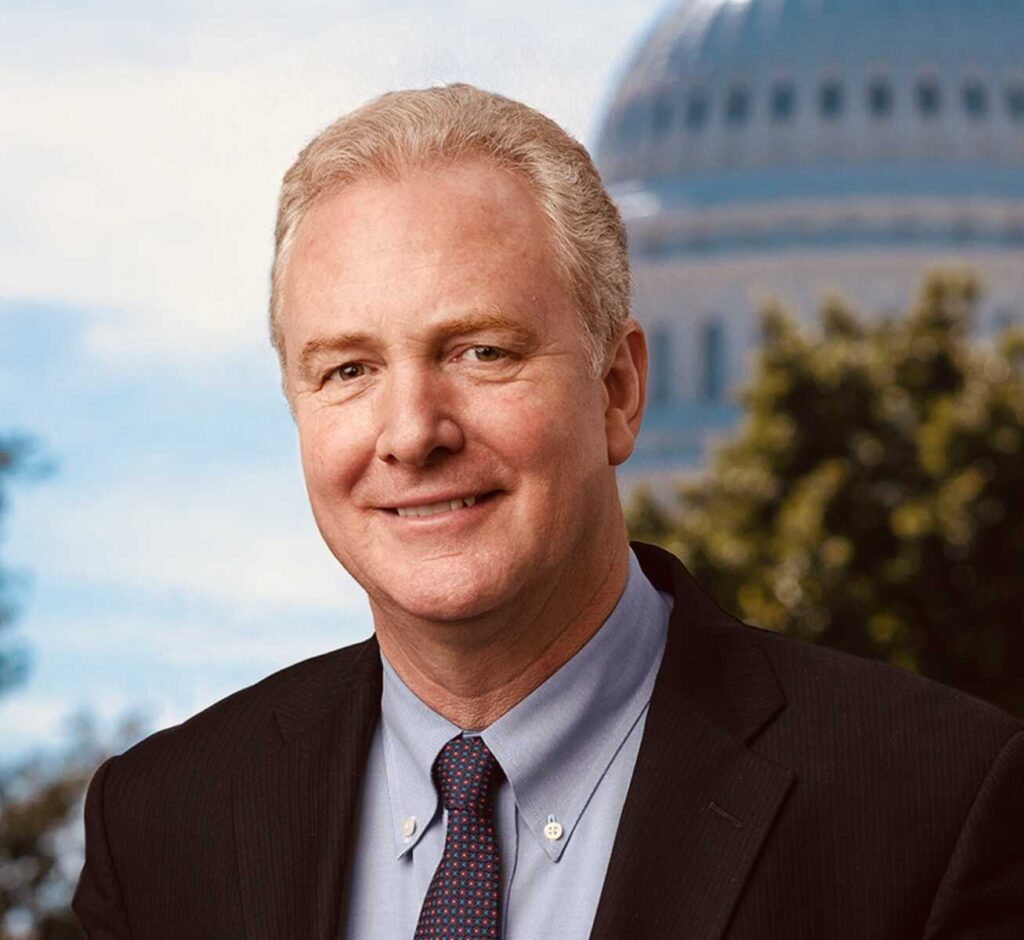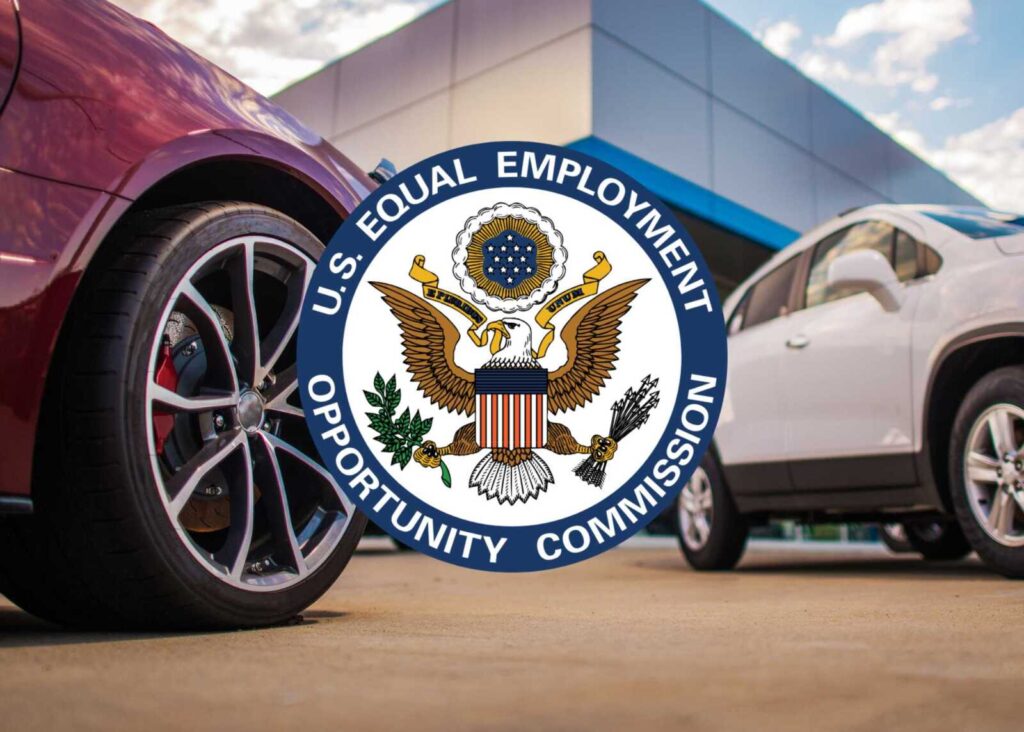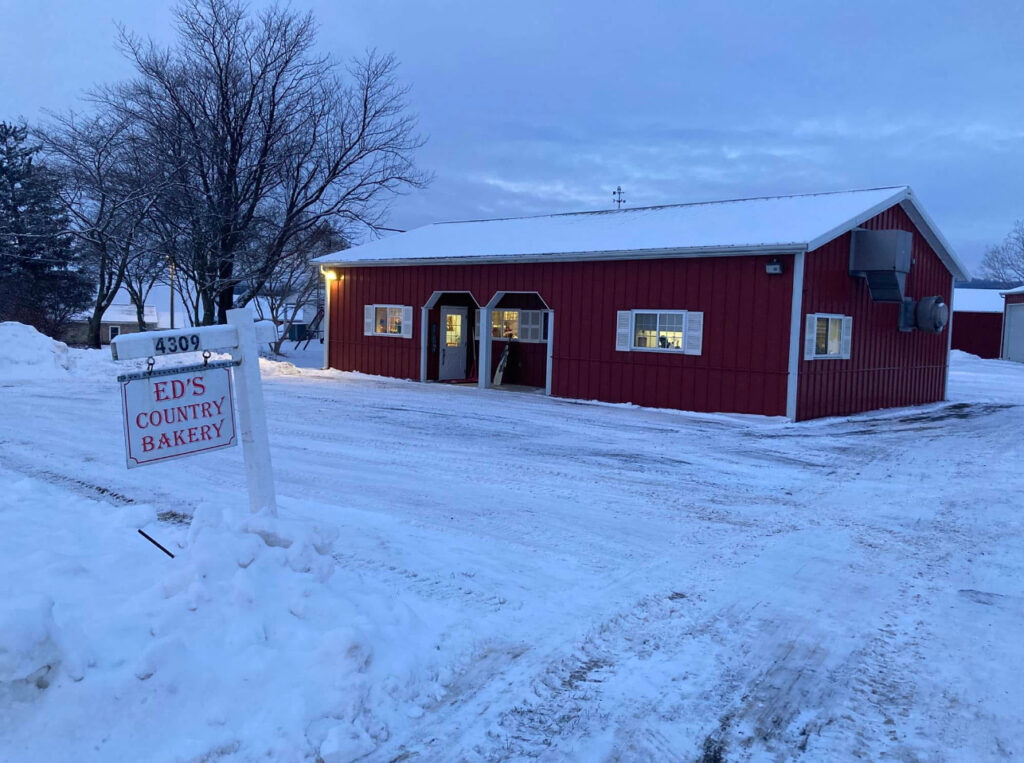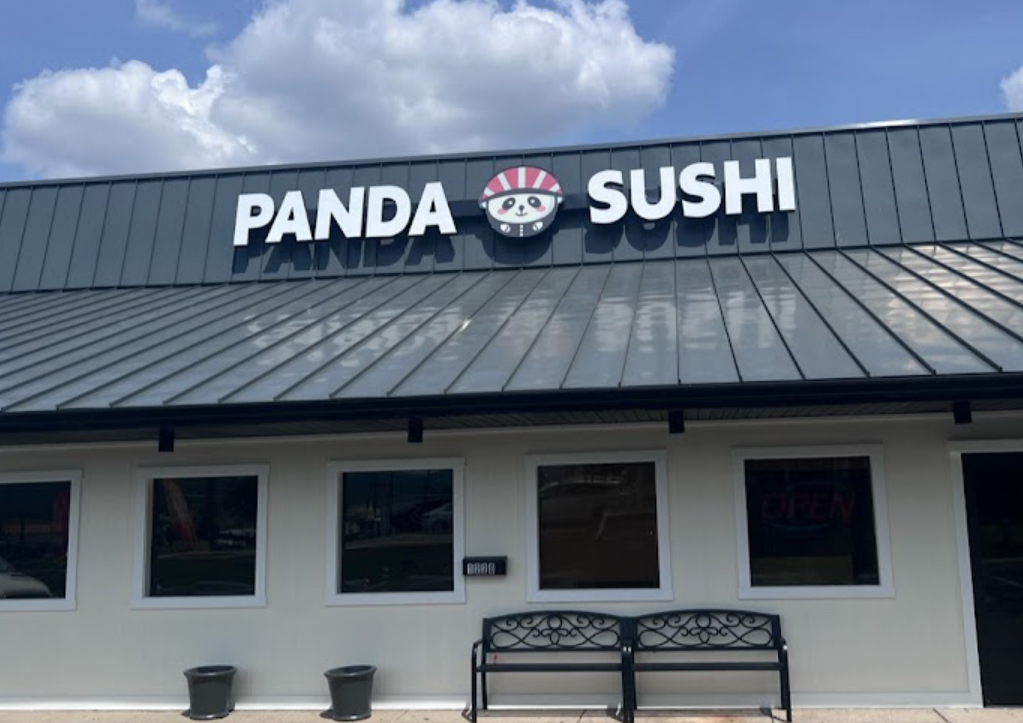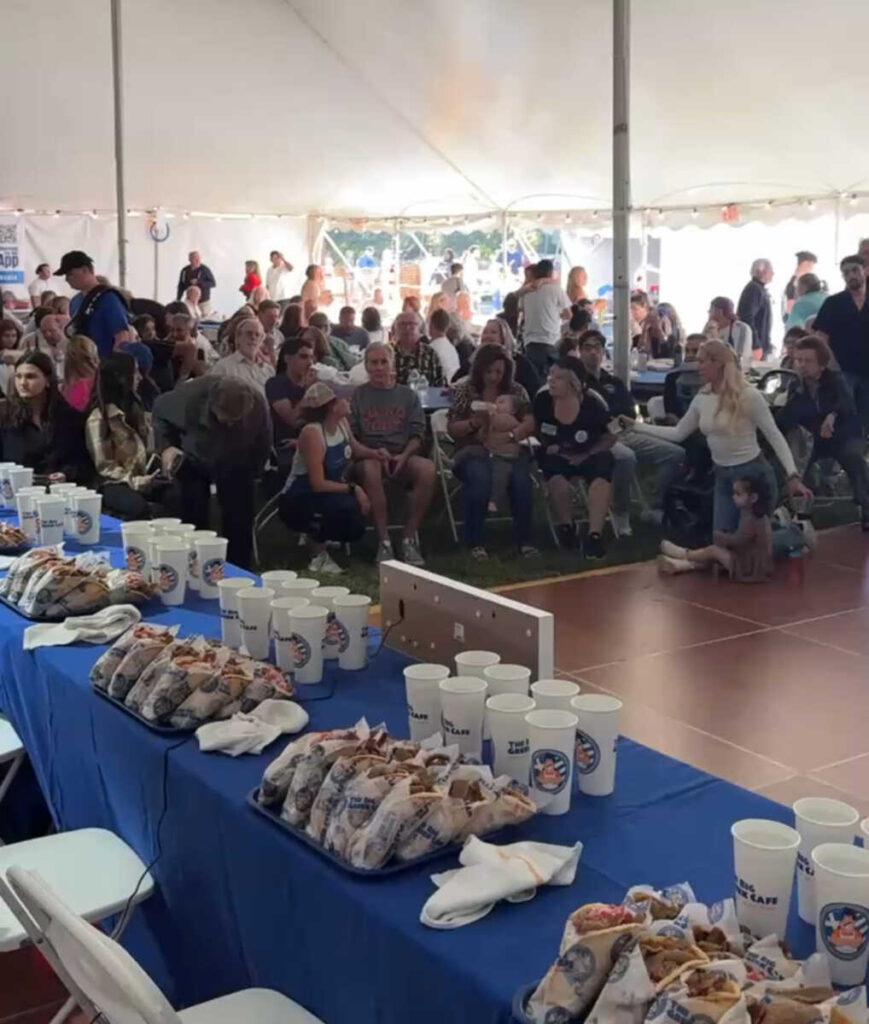For many of us, the Bay Bridge is just the easiest way to go to the beach; it’s a route we’ve taken countless times on our way to Ocean City and other coastal towns in the area. Because of its intimidating height, length, restricted lanes, and vulnerability to strong winds, the William Preston Lane Jr. Memorial Bay Bridge, also known as the Chesapeake Bay Bridge, frequently receives the nickname “scariest bridge in America.”
Although it isn’t the most hazardous in terms of frequent mishaps, recent worries—especially after the collapse of the Francis Scott Key Bridge—have highlighted how vulnerable it is to ship collisions. During the summer, traffic on the Bay Bridge significantly increases. Although precise yearly or summer-specific figures may vary, the following is what we currently know from estimations and recent data:
Annual Traffic: Between 20 and 30 million cars cross the bridge annually on average.Weekday vs. Summer Weekend Traffic: There is a significant difference between weekdays and summer weekends. For instance, in 2017, summer weekend traffic on the Bay Bridge was 72% more (118,579 vehicles) than weekday traffic (68,598).Saturday Peaks in the Summer:Approximately 92,000 cars cross the bridge on a typical summer Saturday, compared to 60,000 on a typical weekday. This year, it was anticipated that the average number of vehicles on a summer Saturday would rise to about 135,000.
The MDTA states that the Bay Bridge is located along US 50/301 and spans the Chesapeake Bay. Its two spans offer a direct link between the urban districts of Baltimore, Annapolis, and Washington, D.C., and the recreational and oceanic areas on Maryland’s Eastern Shore. The spans are among the longest and most picturesque over-water constructions in the world, spanning four miles.
The original span, which serves as a two-lane eastbound route, opened in July 1952. Three lanes are available for westbound traffic on the parallel structure, which opened in June 1973. One lane of the westbound bridge is switched to accommodate eastbound traffic when there is a lot of eastbound traffic (two-way traffic operations).
According to an old Inside Edition episode, the bridge is the scariest in America because of its length (4.3 miles from end to end) and height (almost 200 feet in some places). In interviews, drivers who experienced panic attacks while trying to cross the bridge related their experiences. For anyone who can’t get over their anxiety, there’s even a business that offers to drive cars across the bridge.
In a more recent piece, the UK’s Sky News addressed the subject by mentioning the collapse of the adjacent Key Bridge and calling the Bay Bridge a sitting duck. According to the paper, the road is supported high above by corroding metal work and a little, partially damaged wooden buffer that covers [aging] concrete. Given the height of contemporary cargo ships, the impact point of a ship striking one of these pylons would be high up.
The Maryland Transportation Authority proposed in 2024 to demolish the Chesapeake Bay Bridge’s eastbound and westbound spans and replace them with new, possibly bigger spans. According to The Washington Post, The suggestion is made as the state looks into solutions to the aging bridge spans that are now in place. These spans are becoming more and more stressed due to the volume of traffic that crosses the bay, especially in the summer when beachgoers use them extensively. The project was launched in 2016 by Governor Larry Hogan (R). According to a Transportation Authority news release, if authorized, the new bridge spans would be constructed close to the current ones.
The Maryland Transportation Authority (MDTA) is proceeding with major safety improvements for the Chesapeake Bay Bridge in response to the NTSB’s recommendations and close examination. The state is spending $160 million to put short- and long-term plans to lower the danger of maritime crashes into action.
Improved communication procedures for ship pilots, slower ship speeds in the channel, and possibly even temporary vehicle traffic holds on the bridge while big ships pass are some of the short-term solutions being considered. The MDTA intends to create and install strong fender systems and dolphins, which are enormous defensive structures that would absorb or deflect the impact of a ship collision before it reaches the bridge’s vital support piers, in order to provide long-term safety. Given that the Bay Bridge’s initial spans were built before contemporary vessel collision regulations were established, these physical safety precautions are seen as essential.
These preventative measures show a clear understanding of the increased risks posed by contemporary, larger cargo vessels, even if the MDTA insists that the bridge is physically sound for vehicle traffic and passes yearly inspections. The ultimate objective is to guarantee the long-term safety and resilience of this crucial transportation connection and to stop a catastrophe like the collapse of the Key Bridge from happening again.
